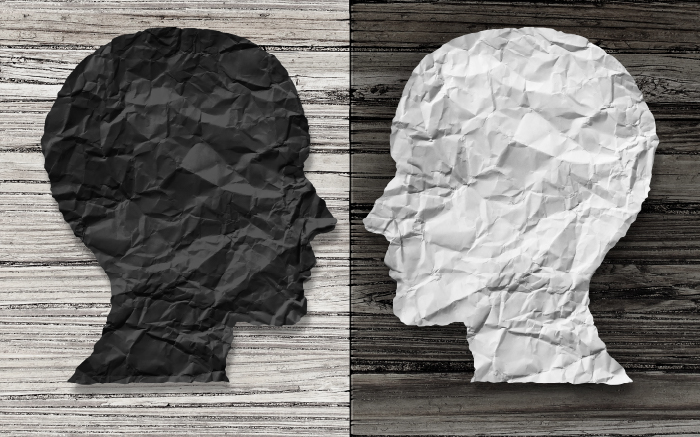Bipolar disorder, formerly known as manic-depressive illness, is a complex mental health condition characterized by extreme mood swings, shifts in energy levels, and changes in behavior. Despite its prevalence and impact on individuals’ lives, bipolar disorder remains widely misunderstood.
In this comprehensive guide, we delve into the characteristics and behaviors associated with bipolar disorder, offering insights into its diagnosis, symptoms, and management.
Understanding Bipolar Disorder
Bipolar disorder is marked by recurrent episodes of mania, hypomania, and depression, interspersed with periods of stability. These mood episodes can vary in duration, intensity, and frequency, leading to significant disruptions in daily functioning and interpersonal relationships. Bipolar disorder is not a singular experience; it encompasses a spectrum of presentations, from mild to severe, and may coexist with other mental health conditions.
Characteristics of Mania and Hypomania
Mania and hypomania are characterized by elevated mood, increased energy levels, and heightened impulsivity. During manic episodes, individuals may experience euphoria, grandiosity, and a decreased need for sleep. They may engage in risky behaviors, such as reckless spending, substance abuse, or impulsive decision-making. Hypomanic episodes are less severe than manic episodes but still involve noticeable changes in mood, behavior, and functioning.
Characteristics of Depression
Depressive episodes in bipolar disorder mirror those seen in major depressive disorder, characterized by persistent feelings of sadness, hopelessness, and worthlessness. Individuals may experience changes in appetite, sleep disturbances, fatigue, and difficulty concentrating. Suicidal ideation and self-harm are common in severe depressive episodes, highlighting the urgent need for intervention and support.
Behavioral Patterns in Bipolar Disorder
The behavioral manifestations of bipolar disorder can vary depending on the phase of the illness. During manic or hypomanic episodes, individuals may exhibit euphoria, agitation, irritability, and distractibility. They may engage in goal-directed activities with heightened energy and enthusiasm but struggle to maintain focus or follow through with tasks. Impulsivity and risk-taking behaviors, such as overspending, promiscuity, or substance abuse, are common during manic episodes.
Conversely, during depressive episodes, individuals with bipolar disorder may withdraw from social interactions, experience profound sadness, and exhibit psychomotor retardation. They may struggle with low self-esteem, feelings of guilt, and a pervasive sense of hopelessness. Suicidal thoughts and behaviors may emerge as the individual grapples with intense emotional pain and despair.
Recognizing Bipolar Disorder Across the Lifespan
Bipolar disorder can manifest at any age, although symptoms often emerge during late adolescence or early adulthood. In children and adolescents, bipolar disorder may present differently, with irritability, aggression, and mood swings being predominant features. Early recognition and intervention are crucial for mitigating the long-term impact of bipolar disorder and promoting stability and well-being.
Diagnosis and Treatment
Diagnosing bipolar disorder involves a comprehensive evaluation by a qualified mental health professional, typically a psychiatrist or psychologist. The diagnostic process may include a thorough psychiatric assessment, a medical history review, symptom tracking, and screening for coexisting conditions. Treatment strategies for bipolar disorder often involve a combination of medication, psychotherapy, and lifestyle interventions.
Medications such as mood stabilizers, antipsychotics, and antidepressants may be prescribed to manage mood symptoms and stabilize fluctuations. Psychotherapy, including cognitive-behavioral therapy (CBT), interpersonal therapy, and psychoeducation, can help individuals develop coping skills, enhance self-awareness, and manage stressors. Lifestyle modifications, such as maintaining a regular sleep schedule, engaging in physical activity, and avoiding substance use, are also integral to managing bipolar disorder.
Bipolar disorder is a complex and multifaceted mental health condition characterized by extreme mood swings and changes in behavior. Understanding the characteristics and behaviors associated with bipolar disorder is essential for early recognition, accurate diagnosis, and effective treatment. By raising awareness, reducing stigma, and providing support and resources, we can empower individuals living with bipolar disorder to lead fulfilling and meaningful lives.






